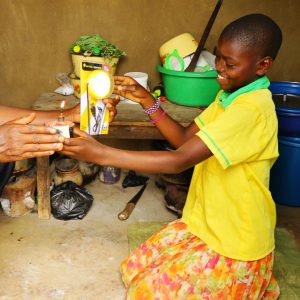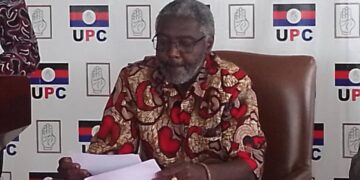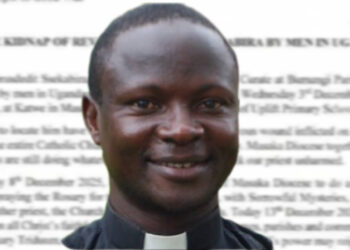By Leonard Kamugisha Akida,
NATIONAL
Over 9% Ugandan Households Still Use Kerosene Lamps commonly known as Etadooba / Tadooba for lighting, UBOS Report Reveals.
According to the Uganda Bureau of Statistics (UBOS) final report of the 2024 National Population and Housing Census released on December 31, a total number of 998,308 households (9.3%) in Uganda rely on tadooba (kerosene/paraffin lamps) as their primary source of lighting.
The report also highlights that 552,869 households (5.2%) use open fire, while 665,494 households (6.2%) depend on candles for lighting. Additionally, 55,377 households (0.5%) use gasoline lamps, and 353,884 households (3.3%) rely on other sources of fire.

On a positive note, the report reveals a growing shift toward clean energy sources for lighting, with 8,072,981 households (75.5%) embracing environmentally friendly alternatives.
They are 2,706,636 households (25.3%) connected to the national electricity grid or main grid, 3,006,732 households (28.1%) using solar energy.
Additionally, the report revealed that 838,779 households (7.8%) rely on rechargeable flashlights, including mobile torches or lanterns whereas 1,238,507 households (11.6%) reported using dry battery cells or battery-powered flashlights.
Other key statistics for clean energy lighting include 24,851 households (0.2%) utilizing biogas lamps, and 257,486 households (2.4%) relying on liquefied petroleum gas (LPG) lamps.
Clean energy sources for lighting are environmentally friendly and sustainable alternatives to conventional energy sources.
These findings underscore the ongoing need to transition more households away from traditional and polluting lighting sources like kerosene lamps and open fire toward cleaner, sustainable alternatives.
The adoption of clean energy not only reduces environmental harm but also improves public health and overall living standards.
Ugandan government recently announced reduction of electric power tariffs for domestic, commercial, and industrial users by 5.2% for the months of January to March, 2025.
Sarah Wasagali, the Electricity Regulatory Authority (ERA) board chairperson said last week that the reduction is significant to ensure that power users get affordable and reliable service.
On the contrary, Edwin M. Bakaira, CEO of Youth Go Green, argues that the reduced tariffs are not backed by sufficient investments in renewable energy and green technologies, potentially causing Uganda to miss a critical opportunity to transition to a sustainable energy mix.
He emphasizes the need for the government to leverage the environmental benefits of reduced tariffs by prioritizing investments in clean energy infrastructure, such as solar and wind power. According to Bakaira, this would enable more of the population using kerosene lamps (currently just 9.3%) to adopt clean energy solutions for lighting.
“I urge the government to seize this opportunity to promote the adoption of green technologies, including electric vehicles and eco-friendly construction materials. This can be achieved through incentives for businesses and individuals, as well as investments in research and development to enhance the affordability and accessibility of these technologies,” he stated.








































